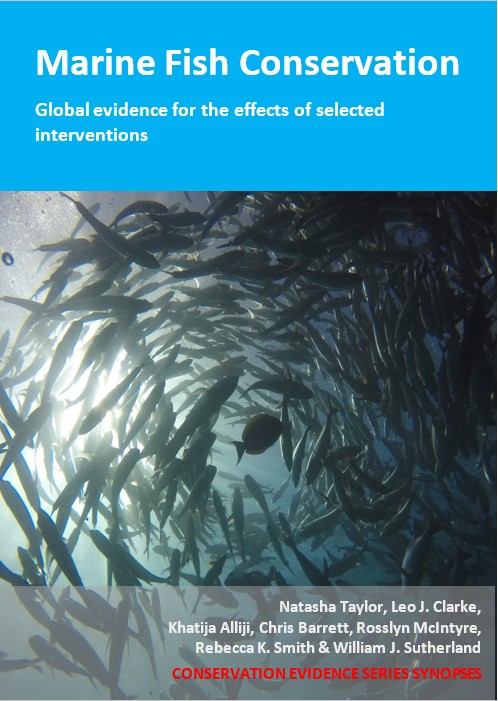Change the size of the main body of a trawl net
-
Overall effectiveness category Awaiting assessment
-
Number of studies: 1
View assessment score
Hide assessment score
How is the evidence assessed?
-
Effectiveness
not assessed -
Certainty
not assessed -
Harms
not assessed
Study locations
Supporting evidence from individual studies
A replicated study in 1997 of an area of seabed in the North Sea off southern Norway (Dahm et al. 2002) found that reducing the size of a trawl net body did not affect the size-selectivity of Atlantic cod Gadus morhua and haddock Melanogrammus aeglefinus compared to a larger trawl body. The length at which fish had a 50% chance of escaping was similar between two trawl body sizes for both cod (small: 32.8 cm, large: 31.8 cm) and haddock (small: 27.0 cm, large: 27.1 cm). In addition, the size-selection ranges of retained fish of both species were similar between trawl sizes (small: 4.4–8.2 cm, large: 4.9–7.7 cm). In March/April 1997, two bottom trawl nets, one small (‘minihopper’) and one larger (‘codhopper’), of different body dimensions but identical codends, were tested in 23 trawl deployments by a research fishing vessel (see paper for specifications). The small trawl was a specially designed version of a larger trawl which was commonly used for stock assessments. Average measurements for the small trawl were 3.3 m (height) and 20.7 m (spread) and for the larger trawl 3.7 m (height) and 24.9 m (spread). Covers attached to the codend collected fish escaping through the net. All codend and cover catches were sorted and weighed by species and total lengths recorded.
Study and other actions tested
Where has this evidence come from?
List of journals searched by synopsis
All the journals searched for all synopses
This Action forms part of the Action Synopsis:
Marine Fish Conservation





)_2023.JPG)














